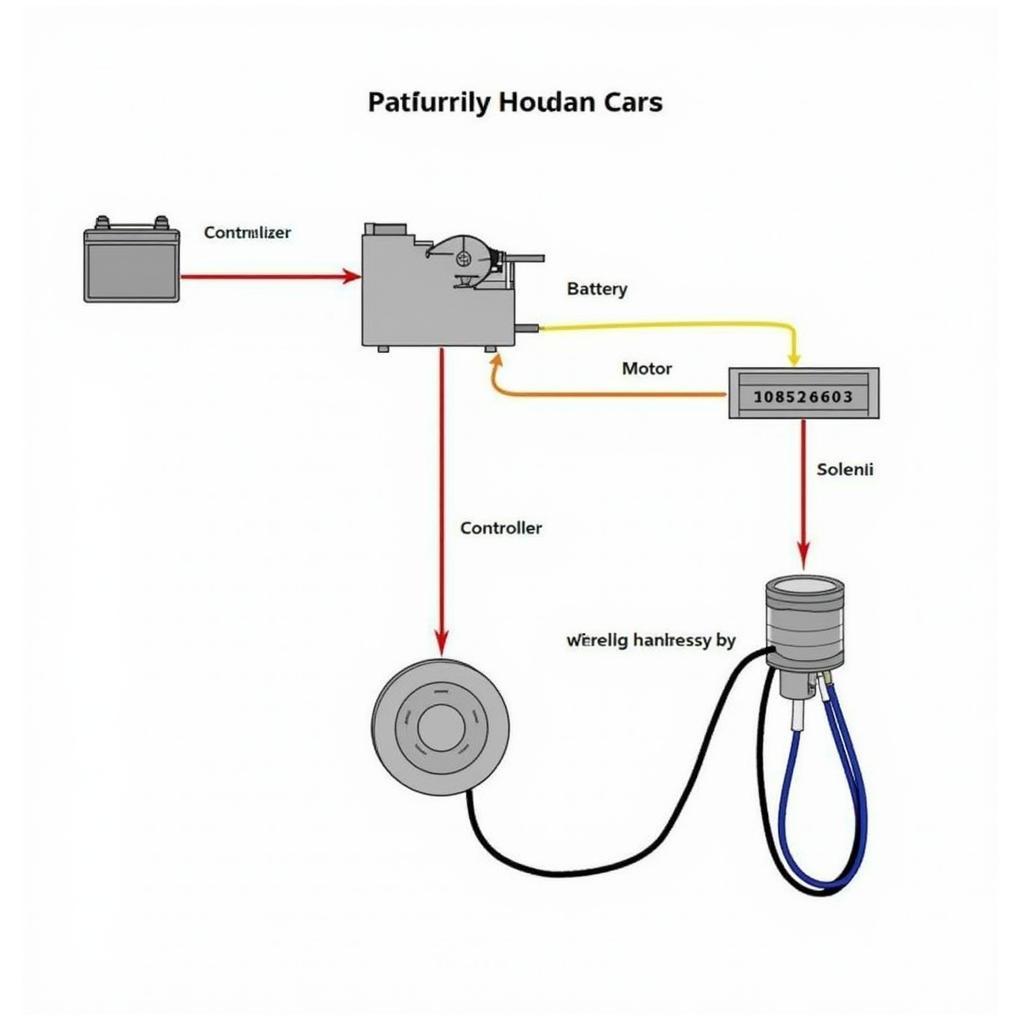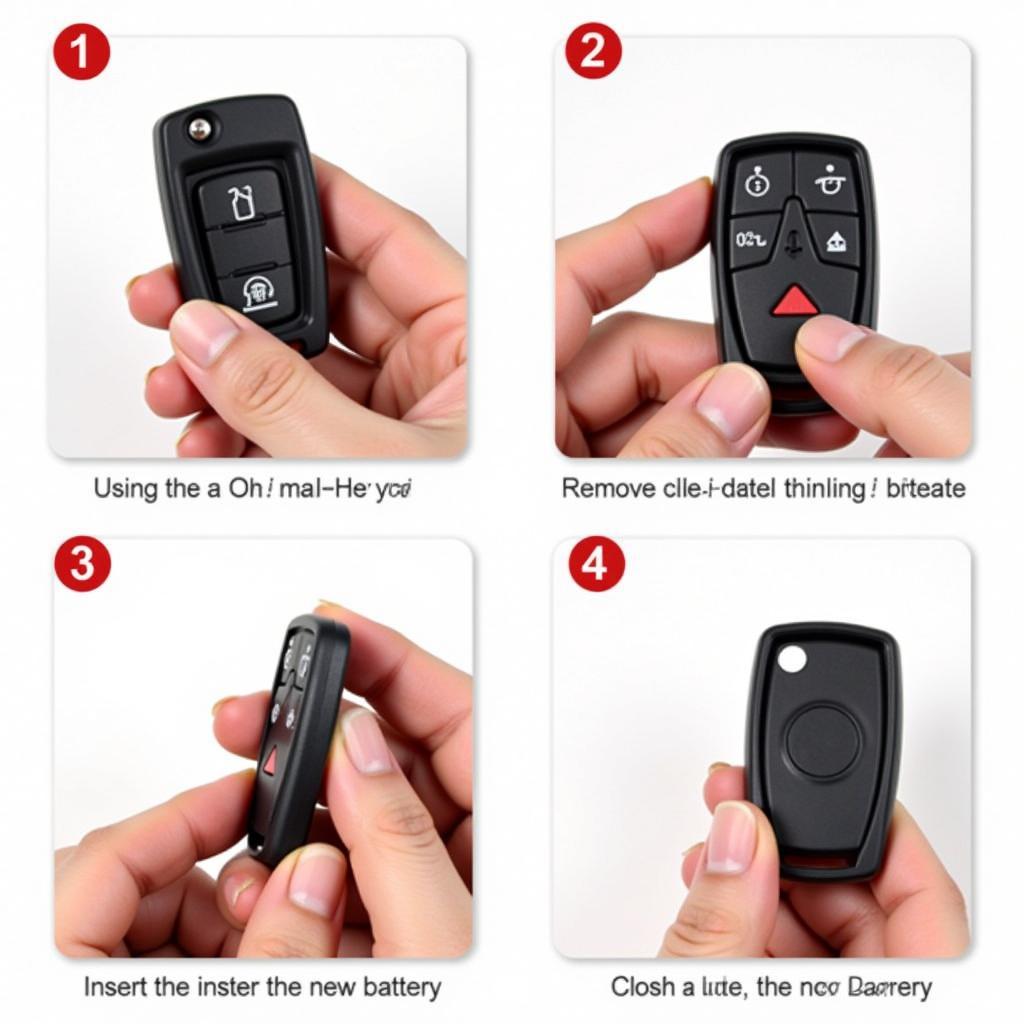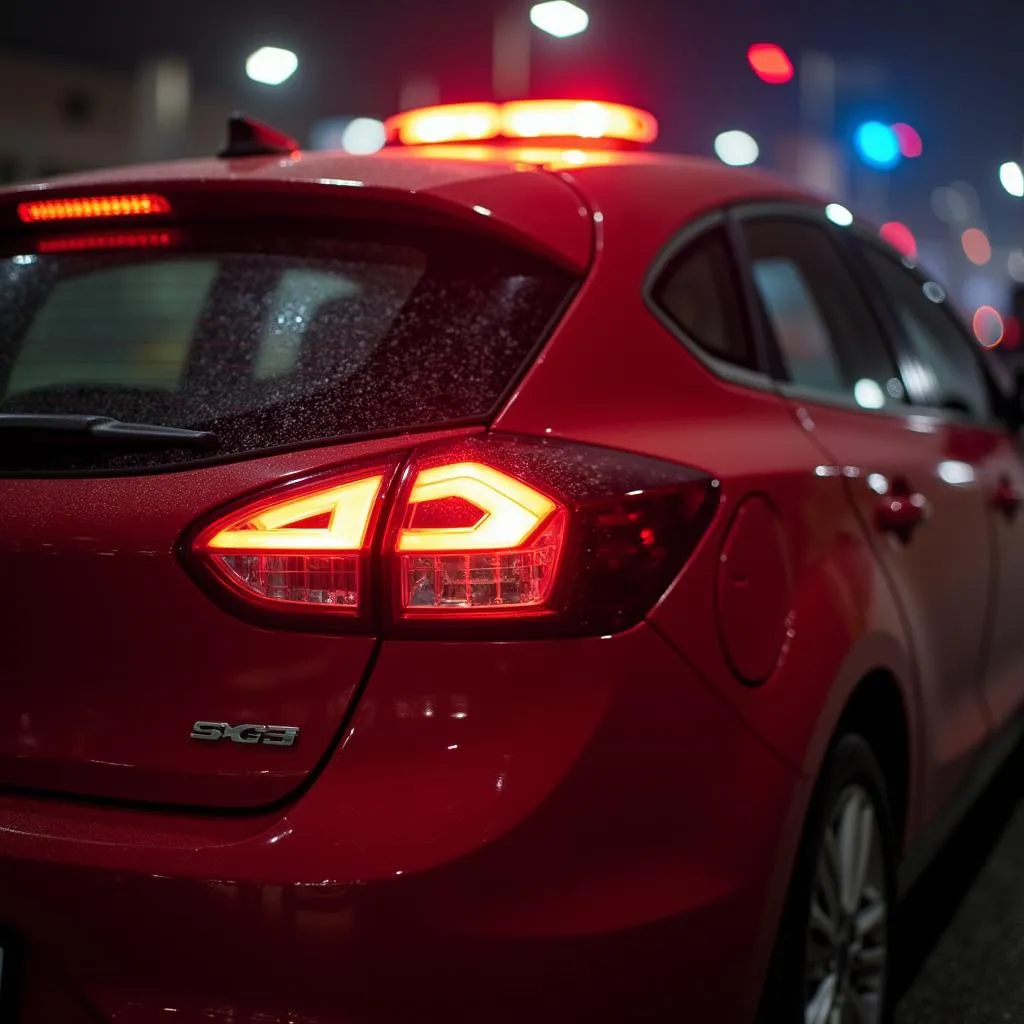Club car golf cart problems can range from minor annoyances to major malfunctions, leaving you stranded on the course or driveway. This guide will delve into common issues, providing troubleshooting tips and solutions so you can get back to enjoying your ride. We’ll explore everything from electrical issues and battery woes to mechanical malfunctions, empowering you to diagnose and even fix some problems yourself. club car golf cart charging problems can be particularly frustrating, so we’ll touch on that as well.
Understanding the Basics of Club Car Golf Cart Systems
Before diving into specific problems, it’s helpful to have a basic understanding of the different systems within your Club Car. This knowledge will make troubleshooting much easier. Key systems include the electrical system (battery, motor, controller), the drive train (transmission, axles, wheels), the steering system, and the braking system. Each of these systems can experience unique problems, and understanding their function is the first step to finding a solution.
 Club Car Electrical System Diagram
Club Car Electrical System Diagram
Common Club Car Golf Cart Electrical Problems
Electrical problems are among the most frequent issues with Club Cars. These can range from dead batteries to faulty solenoids. One common issue is the cart not starting. This can be due to a dead battery, corroded connections, or a faulty solenoid. Another common electrical problem is the cart losing power while driving. This could indicate a problem with the motor, controller, or wiring.
How to Troubleshoot a Club Car That Won’t Start
- Check the Battery: The first step is to check the battery voltage. A fully charged battery should read around 36 volts for a 36-volt system. If the voltage is low, the battery needs to be charged or replaced.
- Inspect the Connections: Next, inspect the battery terminals and cables for corrosion. Clean any corroded connections with a wire brush and baking soda solution.
- Test the Solenoid: If the battery and connections are good, the solenoid could be the culprit. You can test the solenoid with a multimeter to see if it’s functioning correctly.
Mechanical Issues with Club Car Golf Carts
Mechanical problems, while less frequent than electrical ones, can still put a damper on your golf game. These can include problems with the brakes, steering, or drive train. For example, a squeaking noise while braking could indicate worn brake pads. A clicking sound from the front end while turning could point to a problem with the steering rack.
Identifying and Fixing Brake Problems
- Inspect the Brake Pads: Check the brake pads for wear. If they are worn down, they need to be replaced.
- Check the Brake Cables: Make sure the brake cables are properly adjusted and not frayed or damaged.
- Check the Brake Fluid: If your Club Car has hydraulic brakes, check the brake fluid level and condition.
Diagnosing Club Car Golf Cart Issues Remotely
As a specialist in remote diagnostics, programming, and software installation for automotive issues, I can often help troubleshoot Club Car problems remotely. By connecting to your cart’s onboard computer, I can diagnose various electrical issues and even perform software updates if necessary. This 2010 club car bluetooth radio box example demonstrates how technology is integrated into even golf carts these days. This remote diagnostic capability can save you time and money by avoiding unnecessary trips to the repair shop. Sometimes, a simple software fix can resolve a seemingly complex problem. golf cart lights draining battery is another issue we often see, which can sometimes be diagnosed and resolved remotely.
“Remote diagnostics is revolutionizing how we troubleshoot and repair vehicles, including golf carts,” says John Smith, a Senior Automotive Diagnostic Technician. “It allows us to quickly identify and resolve problems, saving owners valuable time and money.”
Maintaining Your Club Car Golf Cart for Optimal Performance
Regular maintenance is essential to prevent many common Club Car problems. This includes regularly checking the battery, cleaning the connections, inspecting the brakes and tires, and lubricating moving parts. Proper maintenance can extend the life of your cart and prevent costly repairs down the road. Think of it like changing the oil in your car – a little preventative maintenance goes a long way. wiring a car radio from scratch is not something you usually have to do with a golf cart, but the principle of understanding the electrical system remains the same.
Conclusion
Club car golf cart problems can be frustrating, but with a little knowledge and troubleshooting, you can often get back on the course quickly. By understanding the different systems of your cart and performing regular maintenance, you can prevent many common issues and keep your Club Car running smoothly for years to come. Don’t forget that remote diagnostic options are also available to help you troubleshoot those tricky electrical gremlins. For those having charging issues, you might want to check out this resource on club car golf cart wont charge.
FAQ
-
What is the most common problem with Club Car golf carts?
- Electrical issues, particularly with the battery, are the most common problems.
-
How can I tell if my Club Car battery is bad?
- Check the voltage. A low voltage reading indicates a weak or dead battery.
-
Why is my Club Car not starting?
- Possible causes include a dead battery, corroded connections, or a faulty solenoid.
-
How do I maintain my Club Car golf cart?
- Regular maintenance includes checking the battery, cleaning connections, inspecting brakes and tires, and lubricating moving parts.
-
What should I do if my Club Car loses power while driving?
- This could indicate a problem with the motor, controller, or wiring. Seek professional help if needed.
-
Can I diagnose Club Car problems remotely?
- Yes, remote diagnostics can be performed to troubleshoot various electrical and software-related issues.
-
What are some signs of mechanical problems in a Club Car golf cart?
- Unusual noises, such as squeaking brakes or clicking sounds while turning, can indicate mechanical problems.



